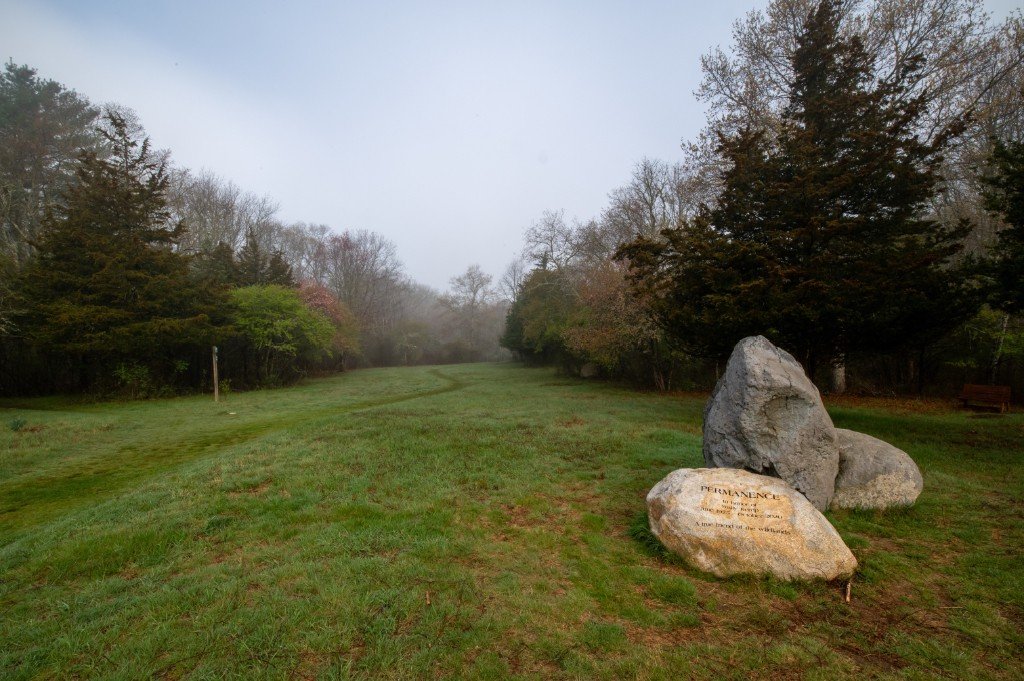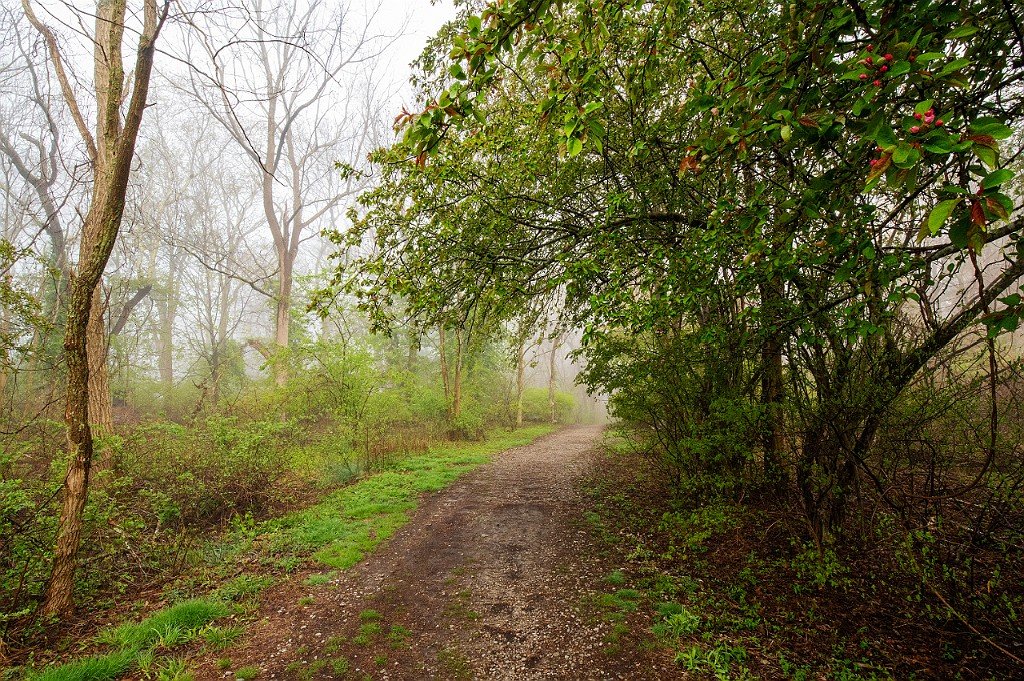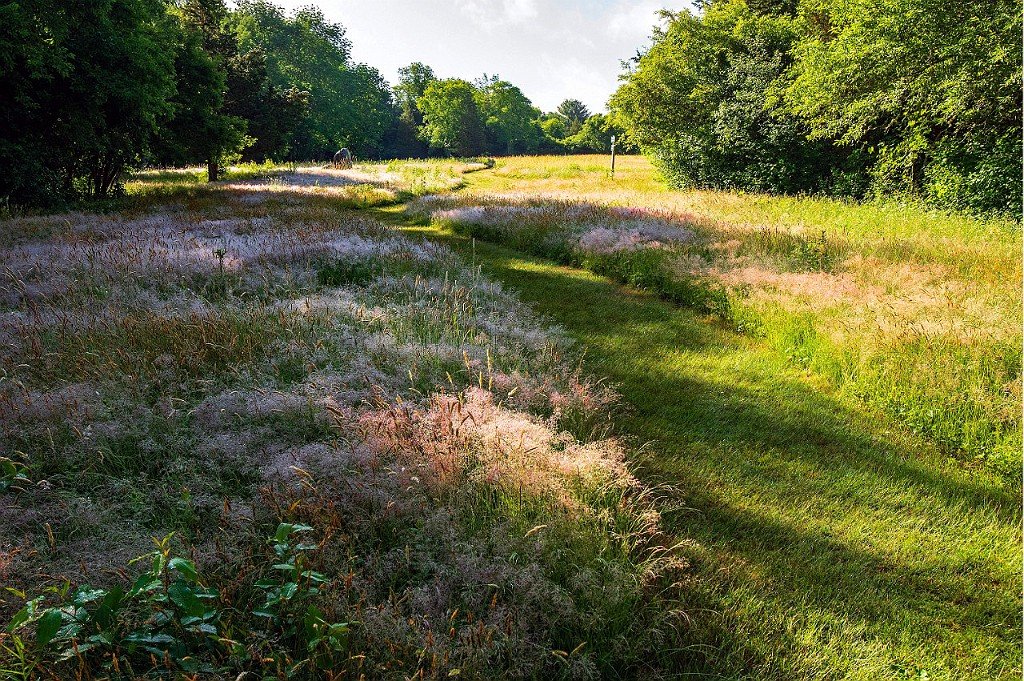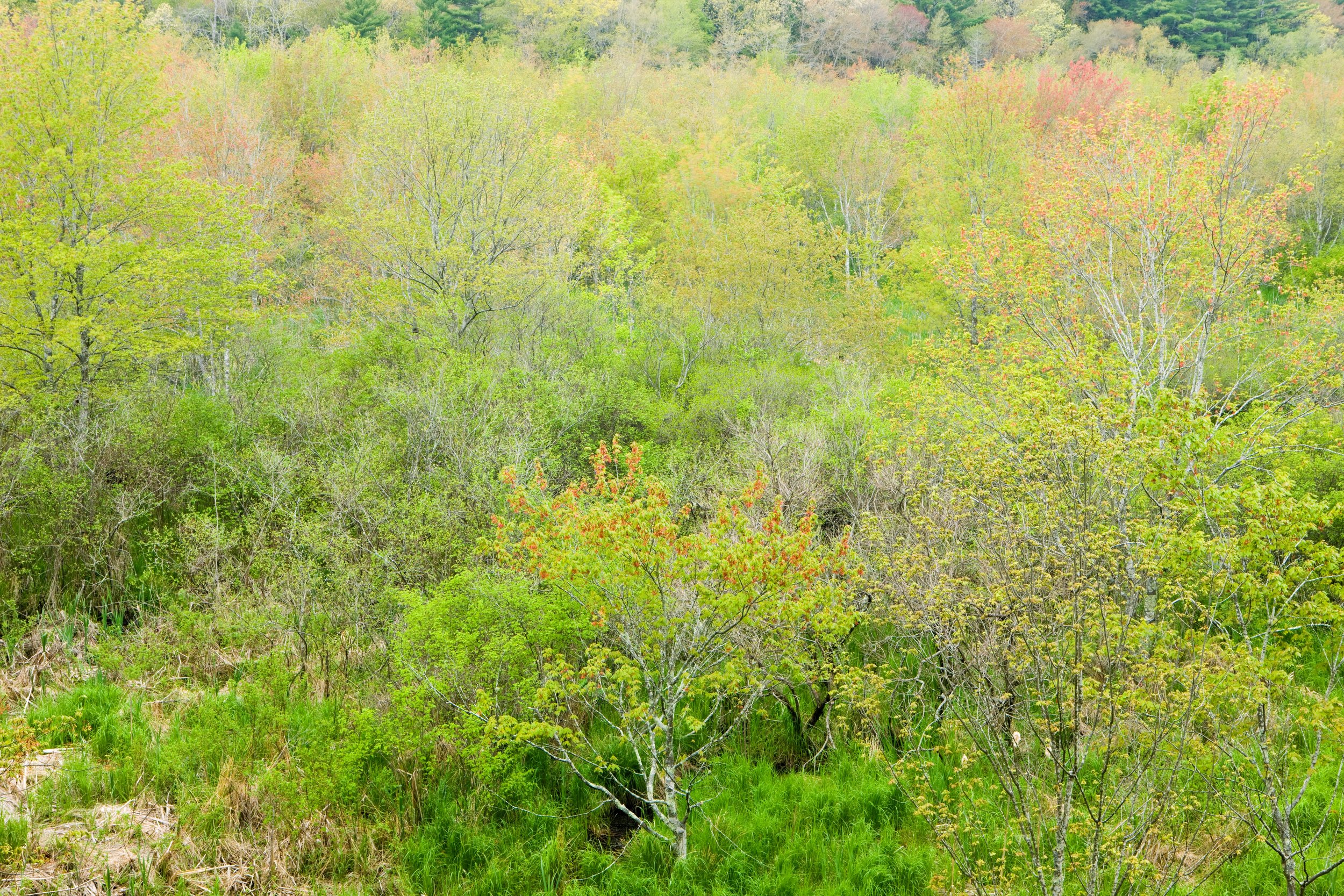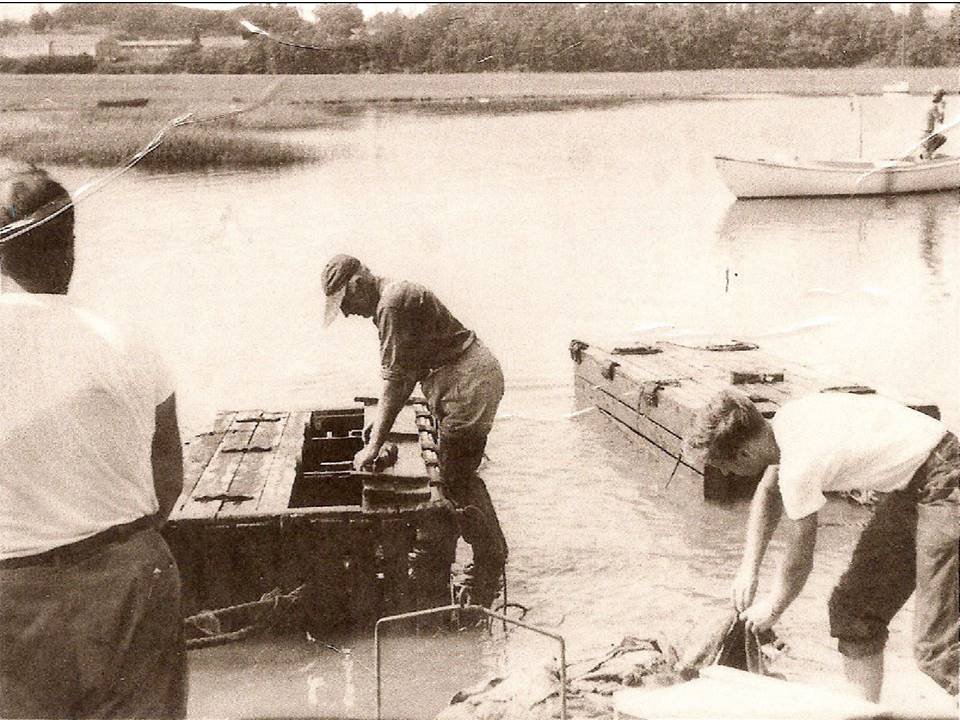Every summer, caring for our trails becomes a mightier task, as vegetation and visitation peak. Our Seasonal Land Stewards help Wildlands meet these increased demands on our lands, all while gaining invaluable skills for a conservation career.
According to the position description, Seasonal Land Stewards “perform tasks related to the day-to-day management and maintenance of conservation lands throughout 55 cities and towns in Southeastern Massachusetts.” Tasks include brush-clearing and mowing of trails, upkeep of fencing, boardwalks, and signage, and parking lot clean-up.
This year, our seasonal staff comprises new and familiar faces. Read on to learn more about these exciting additions to the Wildlands family. And be sure to say hello when you encounter them out on the trails!
Marina Smiarowski
We are grateful to welcome back Marina for her second summer as a Seasonal Land Steward. Since she last worked on our trails, Marina completed her first year at SUNY College of Environmental Science and Forestry, where she plans on majoring in chemistry. Growing up, Marina was involved with her local land trust in Branford, Connecticut, sparking her desire to pursue a career in conservation. Before Wildlands, Marina interned with the Stewart B. McKinney US Fish & Wildlife Service unit in Connecticut.
Pat Collett
Pat is a new face around the Wildlands office, but he is no stranger to our trails. Having grown up in Hanson, just down the road from the Indian Head River, Pat has been exploring natural areas across the South Shore for as long as he can remember. These experiences have shaped his passion for protecting the local environment. This fall, Pat will enter his junior year at the University of Maine, where he is studying environmental science. As a Seasonal Land Steward, Pat enjoys being outside every day, working with his hands to make environmental improvements that he can see and take pride in. In his free time, Pat enjoys fishing.





